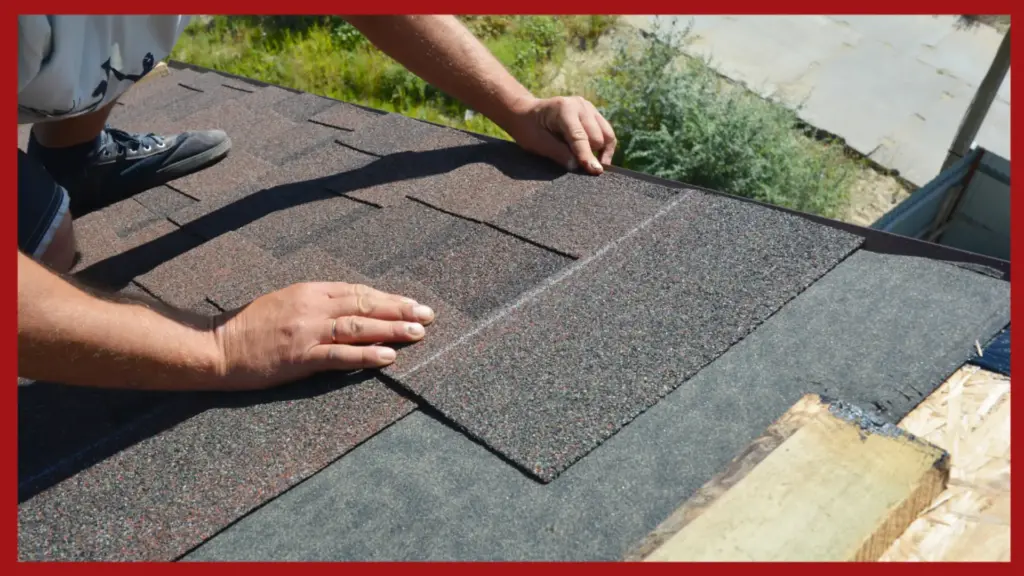Roof damage often develops gradually, making it essential to recognize signs that may indicate the need for roofing replacement. Small issues, when left unchecked, can worsen, affecting the roof’s ability to protect the home. Knowing what to look for, from visible shingle damage to internal water leaks, can help homeowners make informed decisions about replacing the roof before extensive damage occurs.
Visible Shingle Wear and Granule Loss
Shingles play a key role in protecting the roof, and any visible wear can signal a need for roofing replacement. Cracked, curled, or missing shingles expose the roof’s layers, making it vulnerable to water damage. Additionally, granule loss, seen as granules collecting in gutters, indicates that shingles are aging or wearing down, reducing their effectiveness. When shingle wear becomes widespread, it may be time to consider a new roof to maintain the home’s protection against the elements.
Interior Water Stains and Moisture
Water stains on ceilings or walls are a clear sign of roof damage. These stains typically appear as yellow or brown patches, signaling that moisture is seeping through the roof and into the home. This intrusion can lead to mold growth and weakened structural materials over time. When water damage becomes a recurring issue despite repairs, it often suggests that the roof’s underlayers are compromised, indicating that a full roofing replacement may be necessary to prevent further damage.
Sagging Areas on the Roof
A sagging roof is a serious structural issue that should not be overlooked. This sagging is often caused by moisture buildup, which weakens the roof’s decking and support beams. If sections of the roof appear uneven or dip in certain areas, it can indicate that the roof is no longer strong enough to support its own weight. In these cases, roofing replacement may be essential to restore stability and prevent potential collapse, especially during harsh weather conditions.
The Roof’s Age and Lifespan
The age of a roof is one of the primary indicators of when it may need replacement. Most roofs are designed to last 20 to 30 years, depending on the materials used. As roofs age, they naturally become more susceptible to wear and damage from exposure to sunlight, rain, and temperature changes. If your roof is nearing or has surpassed this age range, you may begin to see signs of deterioration, even if they are not immediately obvious. At this point, roofing replacement is often the most practical solution for ensuring continued protection and avoiding unexpected issues.
Learn more about roofing replacement:
Visible Roof Damage: Key Indicators for a Roofing Replacement
Common Roof Issues That Signal It’s Time for Roofing Replacement

